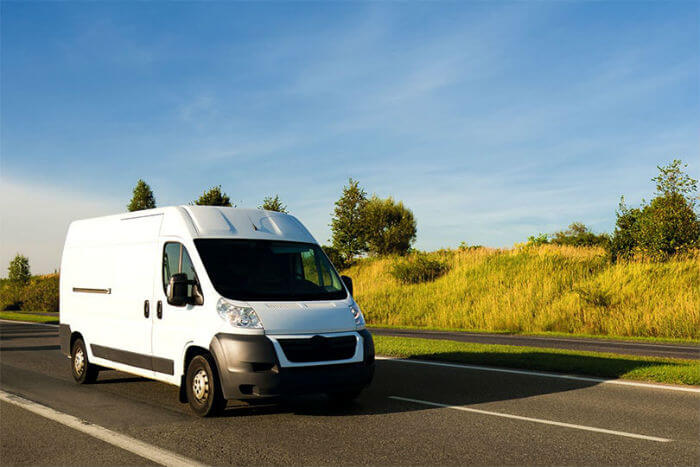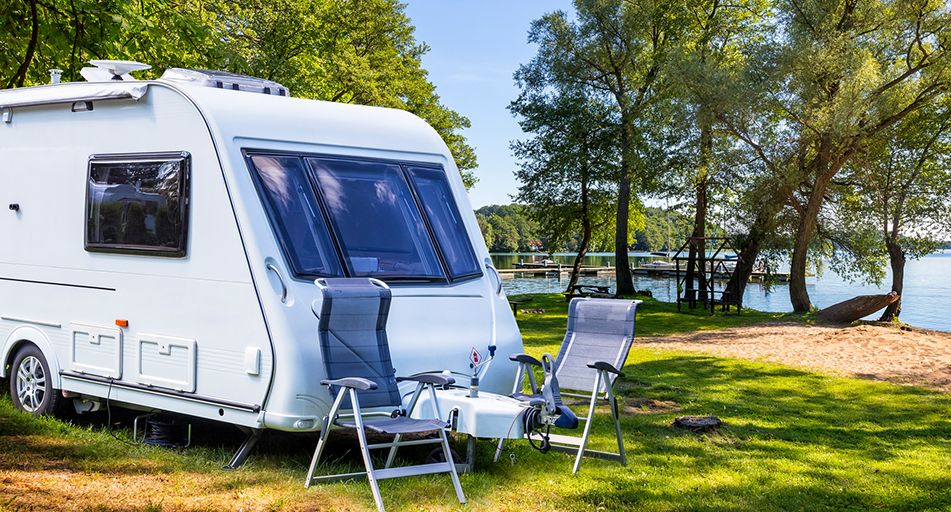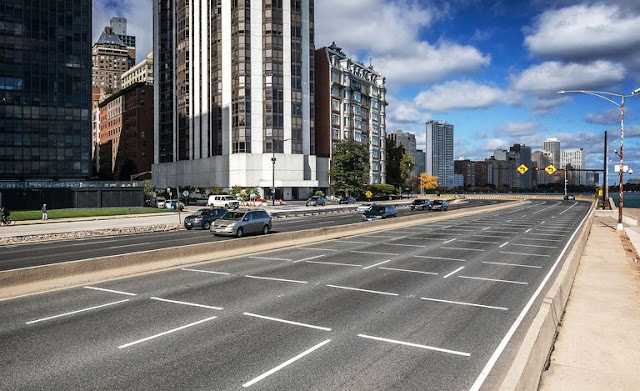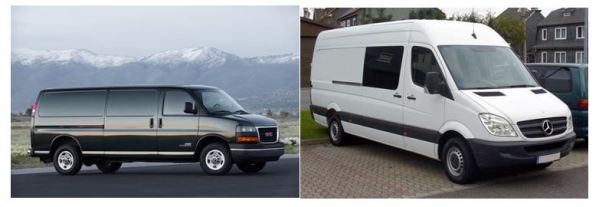Signs That Tell You To Get A New Car

A new car can be a welcome change when you’ve driven your current car into the ground. Unfortunately, even though it’s an expensive commodity, it won’t last you forever, so here are some signs that tell you it’s time to get a new car. Your Car Always Needs Repairing Repairing a car isn’t cheap and often enough, it can cost quite a lot to do the fixes that need doing. Sometimes, they can end up being so costly that it’s going to end up being more worthwhile to replace the car completely, than having to go through the process of slowly upgrading parts of your car until the shell of the car is the only original thing left. As much as you spend on the car, it won’t remove the fact that the number of miles it clocks up, the less efficient it will be. When the cost of repairs is becoming too much, then you know it’s time to think about going with something new. The Running Costs Are Becoming Too Expensive Talking of costs, running costs for a car can soon add up if y...







